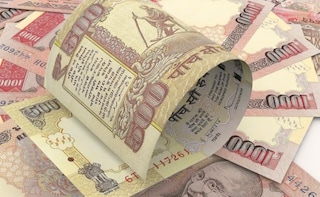The demonetisation announcement may have taken the country by surprise, but two weeks later as the dust settles down, it is a good time to analyse it's after-effects. Cash is required in one's daily routine life for a number of things - paying the household help, buying groceries and vegetables, parking the car, paying tolls, eating out and street shopping. With a cash crunch at hand, people are finding ingenious ways of getting by and managing their daily transactions within the limited resources
Advertisement
Advertisement
Advertisement
For the latest food news, health tips and recipes, like us on Facebook or follow us on Twitter and YouTube.
Advertisement
